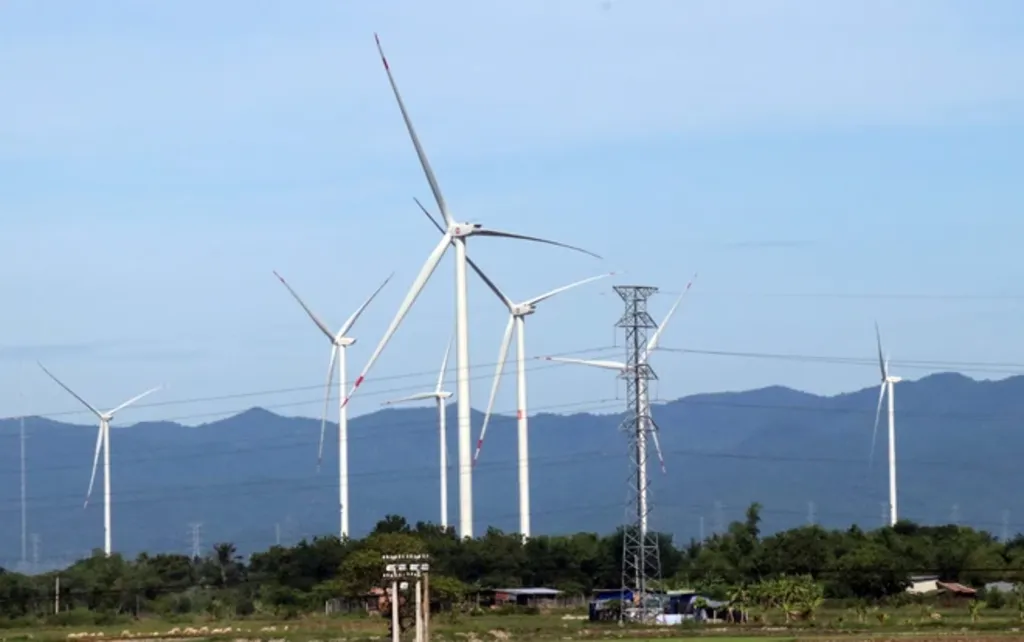 |
| A renewable energy project in Ninh Thuan province__Photo: VNA |
By 2030, local oil refineries will be able to satisfy at least 70 percent of the national demand for gasoline and oil and the country’s fuel storage capacity will stand at 75-80 days of net imports.
Such targets are set in Decision No. 215/QD-TTg approving the National Energy Development Strategy of Vietnam through 2030, with a vision towards 2045, signed for promulgation by Deputy Prime Minister Tran Hong Ha on March 1.
Under the Strategy, Vietnam will pursue the overall objective of ensuring national energy security, supplying adequate, stable, and hi-quality energy at affordable prices to support rapid and sustainable socio-economic development, guaranteeing national defense and security, improving the standard of living for the people, and contributing to the preservation of the ecological environment. The country will also seek to execute an energy transition to achieve net-zero emissions by 2050 while building a competitive energy market in conformity with the socialist-oriented market economy.
In light of this, the Strategy sets the specific objective of fulfilling domestic energy needs, aligning with the 10-year Socio-Economic Development Strategy for 2021-2030. Primary energy will reach 150-170 million tons of oil equivalent (TOE) by 2030 and 260-280 million TOE by 2045. The ratio of renewable energy in the total primary energy targets is to be 15-20 percent by 2030 and 65-70 percent by 2045. Final energy consumption will reach 105-115 million TOE by 2030 and 160-190 million TOE by 2045. The energy intensity will reduce from 400-420 kgOE/1,000 USD GDP by 2030 to 250-280 kgOE/1,000 USD GDP by 2025.
Additionally, it aims to efficiently exploit and use domestic energy resources, associated with rational energy import and export; find out technical solutions to be able to manufacture several key equipment in various energy sub-sectors; and upgrade or build new modern, advanced electricity transmission and distribution grids.
Furthermore, a smart electricity system capable of securely connecting to the ASEAN power grid will be built, ensuring a reliable power supply, meeting N-1 criteria for important electric load areas and N-2 criteria for critically important electric load areas. By 2030, Vietnam will be among the top 4 in the reliability of electricity supply and top 3 in the electricity access index in ASEAN.
The Strategy also seeks to prepare for the import of 15-20 billion m³ of liquefied natural gas (LNG) by 2030 and 10-15 billion m³ by 2045. The energy efficiency ratio to final energy consumption under a standard growth scenario is expected to be 7-10 percent by 2023 and 14-20 percent by 2045. Greenhouse gas emissions from energy operations are to be reduced by 15-35 percent by 2030 and 70-80 percent by 2045.-(VLLF)









